The road to opening a good store that will generate measurable sales returns begins with the design stage. Designing the right customer traffic inside a store for a particular industry, the optimal layout of product departments, planned merchandising, store furniture design and equipment selection is no small challenge. Thoughtful design is a good opportunity to explore different options and analyze a store layout that will encourage customers to store. In our short tutorial we will show in simple steps how to create the perfect store.
1 Floorplan – think carefully about the characteristics of your store.
Regardless of the size of the store, three basic layouts of shelving and equipment are used in practice.
Inline layout
Best for: small and medium area store
When the most important things are: optimal use of shelving, ease of stocking
Industries: grocery stores, drugstores, toy stores, bookstores, housewares. home
Row layout is a very efficient store layout that ensures good organization of customer traffic inside the store and maximum efficient use of available space. Arranging the shelves in rows allows the use of walls, corners and space in the center of the designed room. Rows of racks are easy to stock and navigate between product categories in the store.
Row layout is most often used in the design of grocery stores, drugstores, markets, bookstores and many other industries. Row layout is not optimal for selling premium products and creating high brand awareness of the products sold.
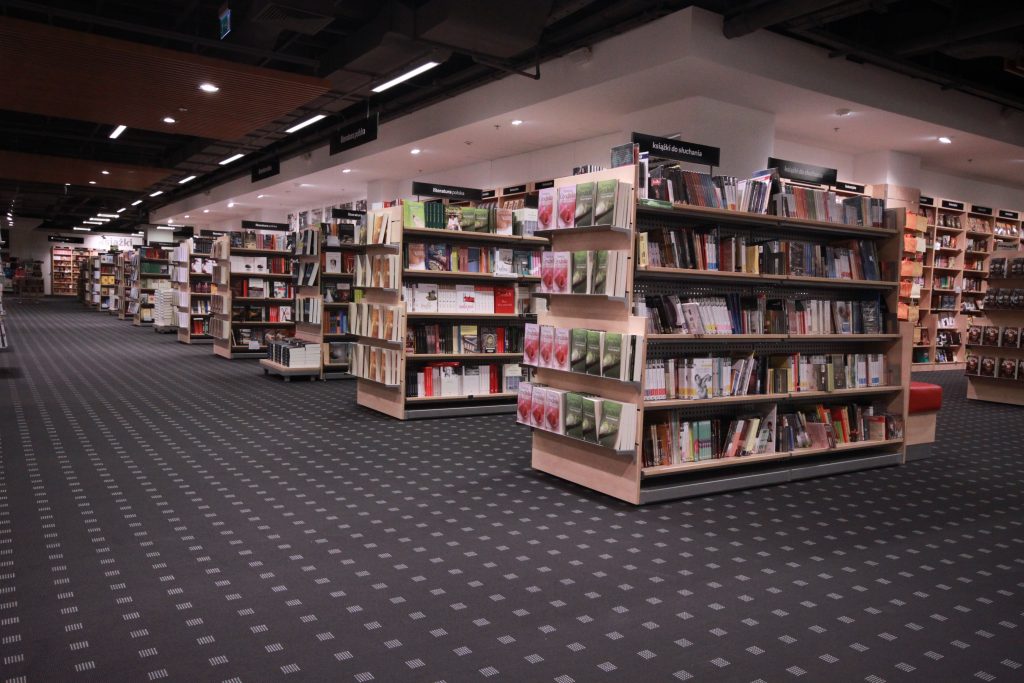
Loop system
Best for: small area stores
When it matters most: making the most of limited commercial space
Industries: grocery stores, newspaper stores, kiosks, gas stations, specialty stores
The loop layout is characterized by a very strong direction of customer traffic inside the store. This layout defines the path that each customer will take in the store, which makes it possible to plan what products the customer will see and in what order. Good design of furniture and store fixtures will further optimize this effect. Creating a loop layout in a given location determines how the store is equipped. All the walls inside the location and a lot of space in the middle of the store, where unusual racks and gondolas, display tables and other displays of seasonally promoted products can be easily accommodated.
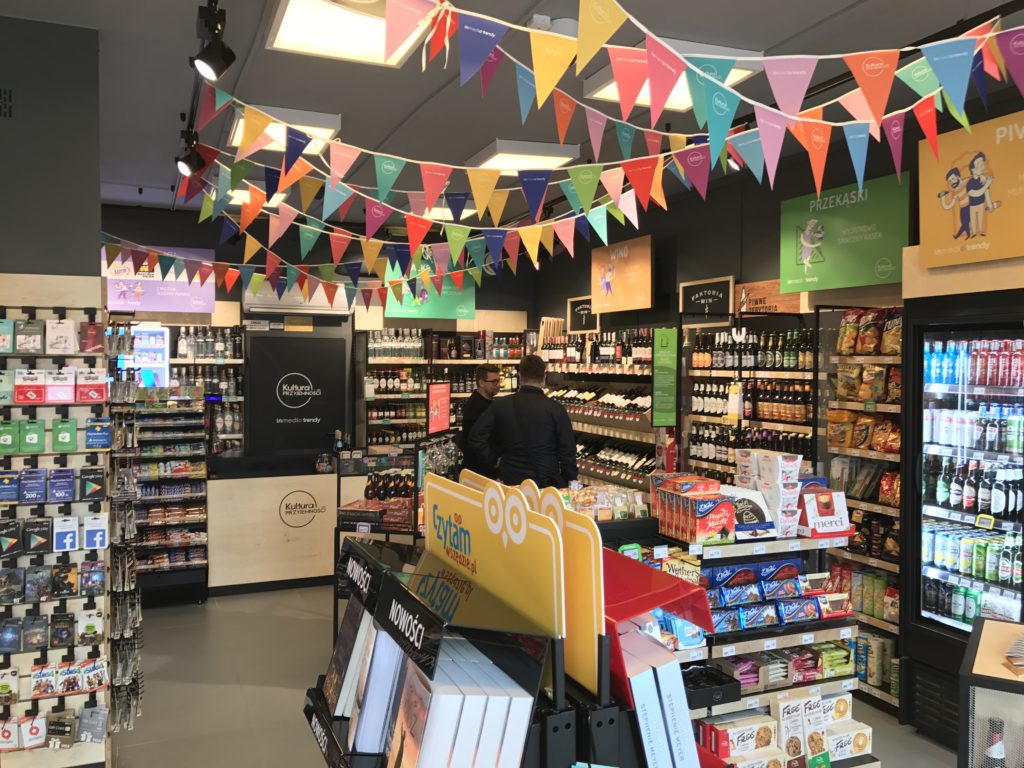
A system with an unlimited flow of movements
Best for: medium and large area stores, department stores, boutiques
When the most important thing is: effective display of goods, creative use of space
Industries: clothing stores, shoe stores, drugstores, food concepts,
A layout with unlimited traffic flow inside the store works most often in showrooms and boutiques offering premium products. When choosing such a layout, creativity is key in the end result. Store furniture and other store equipment are placed at different angles to encourage shoppers visiting the store to look at the products on display freely and unhurriedly. The open area of the store allows for easy navigation and the use of eye-catching elements, directing the customer straight to the part of the store with the assortment of interest. Premium and custom-designed store furniture, tailored to the investor’s brand and the store’s image, works very well in stores of this kind.
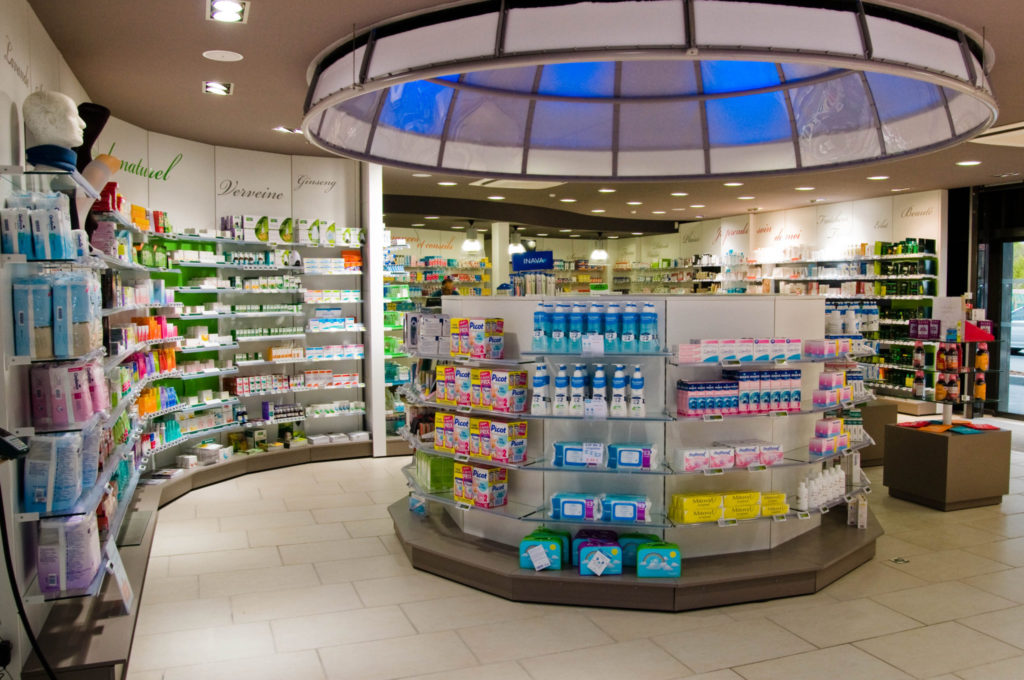
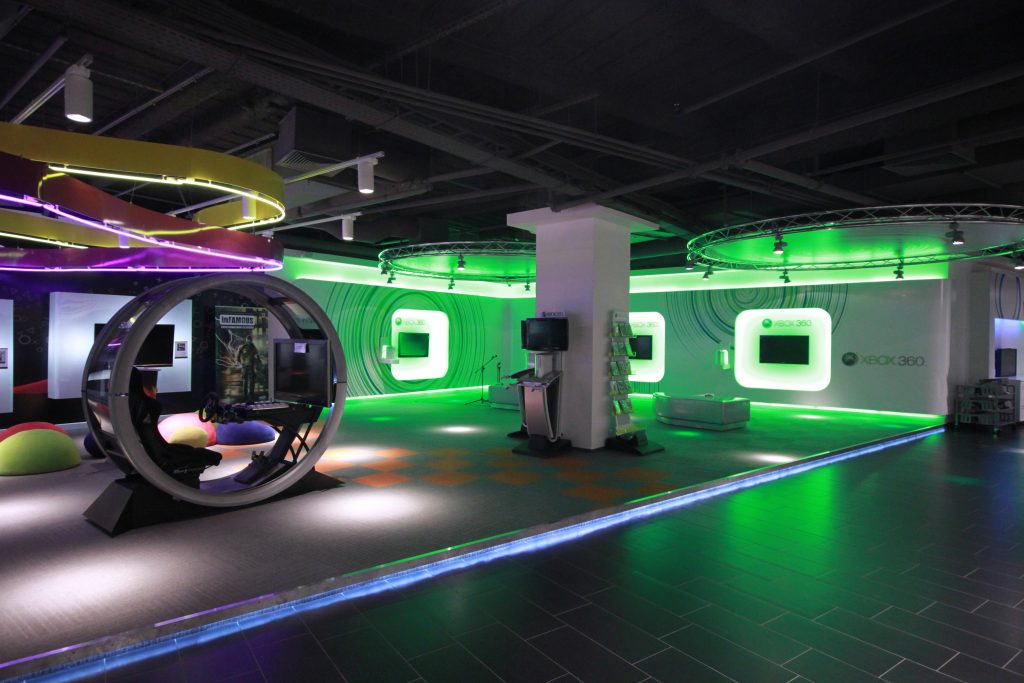
2. conceptual design – a good store starts on paper.
A very important stage in creating the perfect store is designing it. Whether you use a design agency or face this challenge yourself, pay attention to the issues we discuss below.
If you have already chosen the store layout that will be best for your location and industry characteristics, start by sizing the available location. Then, depending on the layout you choose, start setting up the store furniture, checkout counters, POS and other necessary store equipment on the plan. Remember that the store plan will require a lot of tweaking and optimization, so set think of the project as a process.
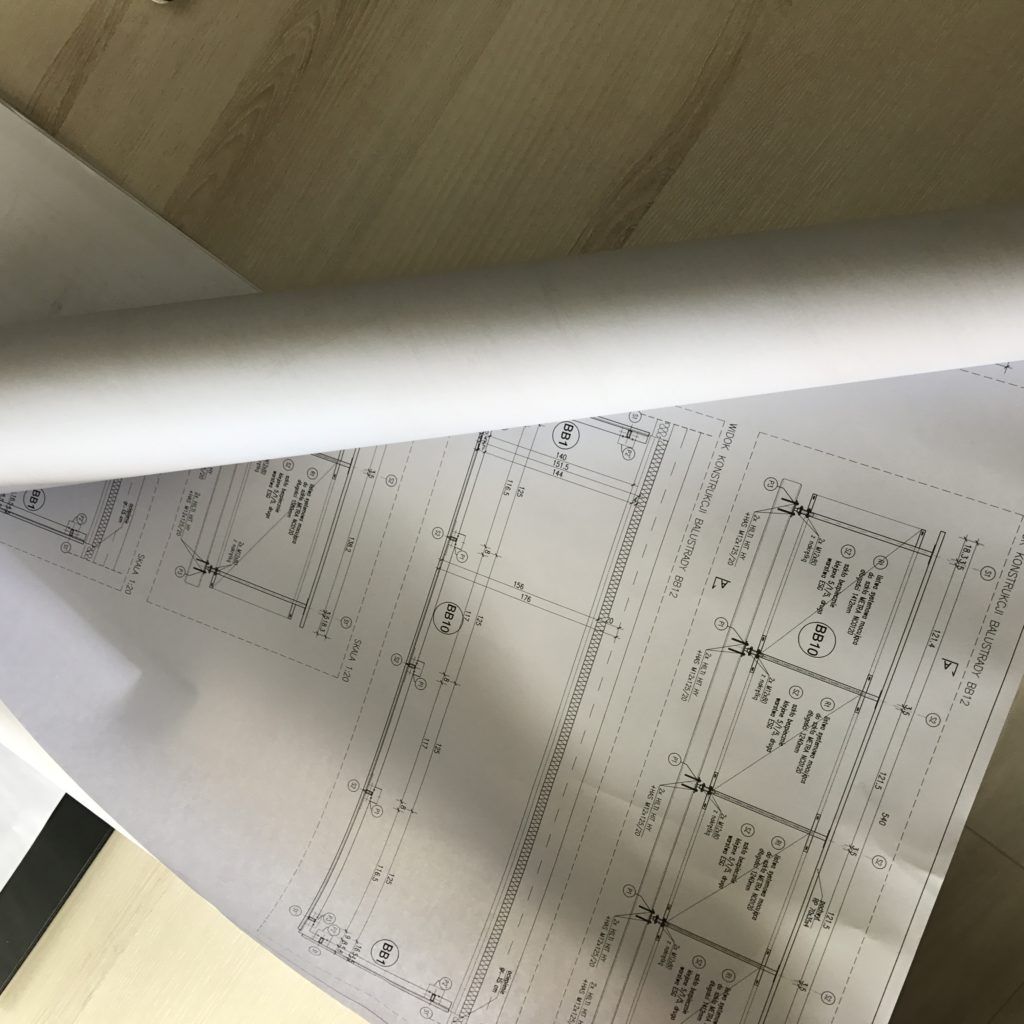
3. rethink customer traffic control in the store
One of the many techniques of commercial merchandising is to control the movement of buyers visiting our store. Every store owner or manager wants the visitor to go through as many departments available in the sales floor as possible, and to make their time in the store as long as possible. A good procedure to ensure such an effect is to force our planned customer traffic inside the store. To ensure such traffic, it needs to be efficiently directed from the entrance all the way to the checkout counter.
There are three basic rules to consider when planning customer traffic:
- decompression zone – customers stop at the store after covering about 30% of the store’s depth
- customers move around the store turning most willingly to the right
- visitors need personal space when buying, they are reluctant to buy in crowded places, squeezing through the crowd
Research on merchandising indicates that nearly 95% of store visitors stop for the first time only after they have traveled about 30% of the depth of the showroom, in what is known as the decompression zone. Retail experts recommend keeping this space open, uncluttered, and encouraging people to go deeper. This zone should remain free of intrusive visual communication and strong product display. The best space to increase exposure is the area just outside the decompression zone.
In medium and large-format stores, the customer moves at speeds close to approx. 1 m/s. It is important to provide an eye-catching and attractive visual communication inside the store to enable people to navigate and find the products they are looking for. According to the survey, customers’ preferred direction of visiting the store is counterclockwise movement and a tendency to walk ą around the periphery of the store, with a marked reluctance to visit the central part of the store, heading to dead ends and in directions that require turning around.
The last very important element of the store, in terms of traffic control, is the checkout area. Or otherwise known as a checkout counter. Located optimally in the left side of the store, it fulfills a very important role because, on the one hand, it is the store’s business card and, on the other, one of the most sales-effective places. It is estimated that the share of products bought impulsively during the beat in the checkout area accounts for 2 to 5% of the turnover of a standard store. Therefore, it is very important to have a good design of checkout counters, maintaining the convention of the selected store furniture and the rest of the store equipment.
4 Matching store furniture for maximum exposure
According to merchandising experts, this is the most neglected aspect of store design and layout planning. Entrepreneurs often buy store furniture and equipment that is not adapted to their needs and product characteristics. They do not provide themselves with the ability to customize furniture according to their seasonal needs by which they remain condemned to the same display for a long time.
Store furniture and other store equipment should define your brand. The design, colors, materials used give the right character and allow for effective branding and shopping experience. Designing and manufacturing store furniture and store equipment in our company, we always advise and help to choose the optimal solutions tailored to the project, ambitions and budget of the investor.
Store furniture , racks and gondolas should be tailored to the characteristics of the products that will be displayed on them. The range of possibilities offered by our furniture is very large and allows for complete freedom in arranging the layout of products on the furniture. A wide range of accessories like product-dedicated shelves, holders, hooks and other displays allow for good display of bestsellers and additional accessories. Flexibility should be a priority when choosing store furniture and accessories. The store’s stocking changes with the season and other seasonal occasions such as. holidays. Using Vonart’s system solutions allows you to customize your furniture to suit your current needs.
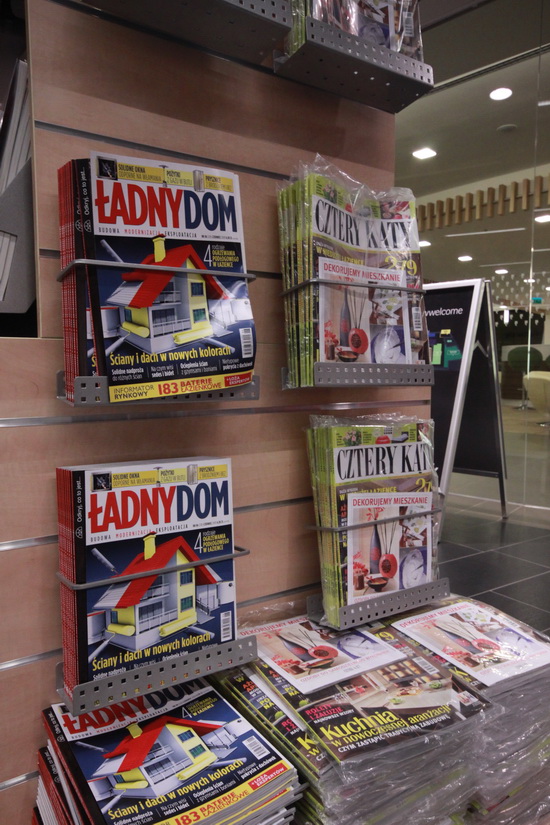
Kontakt
Porozmawiajmy o Twoim projekcie
Szukasz rozwiązań dla swojej sieci handlowej ? Zostaw nam kontakt do siebie, odezwiemy się do Ciebie się w ciągu 1 dnia roboczego.
